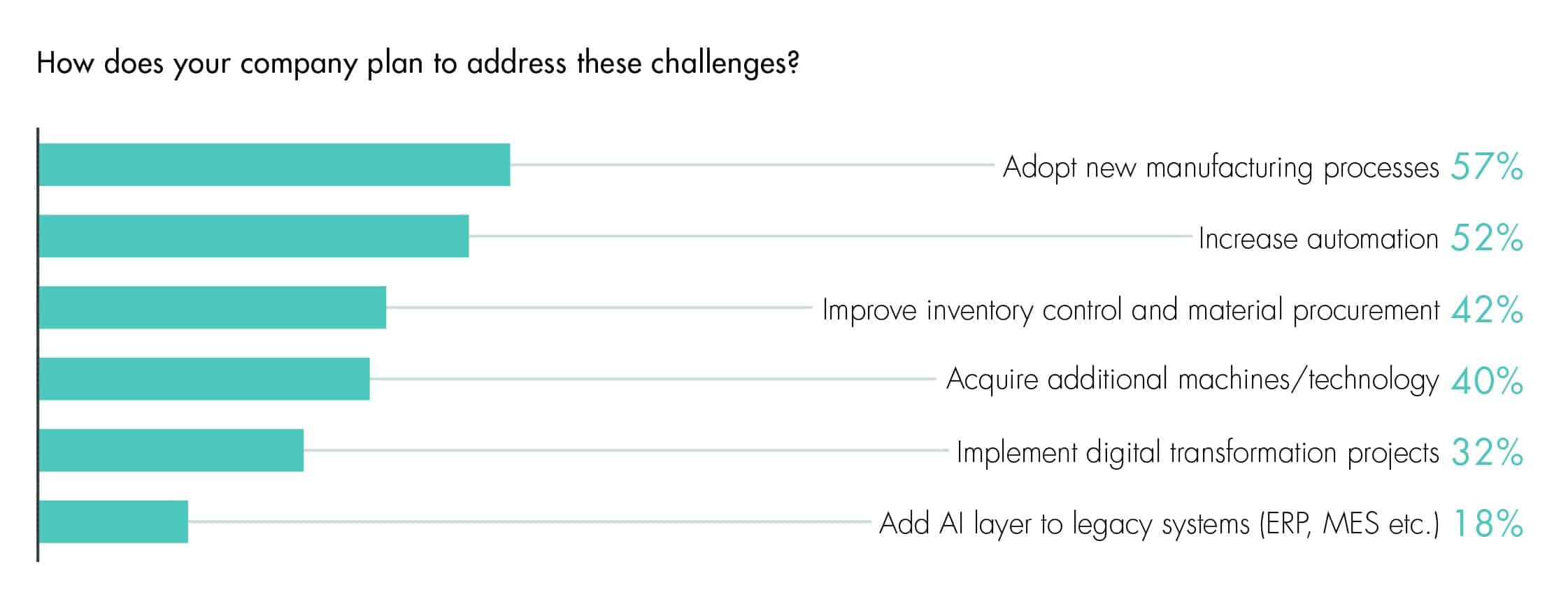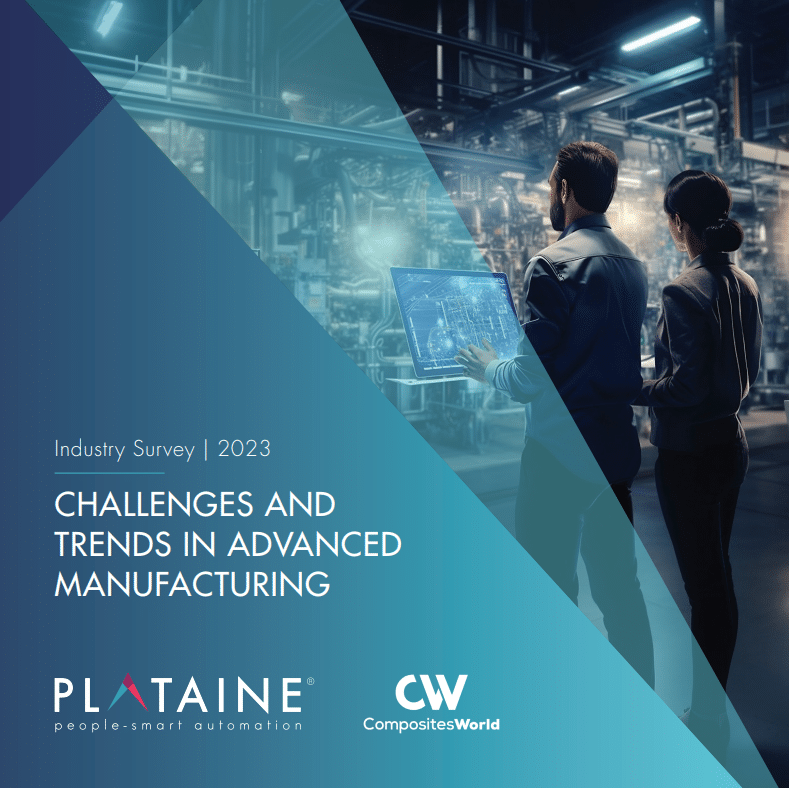The manufacturing sector has always been a beacon of innovation, a linchpin of economic progress. Historically known for its resilience and adaptability, the sector now finds itself on the cusp of its most significant transformation yet – the digital metamorphosis. In an era where every business action is heavily reliant on digital methodologies, how does this transition manifest in the manufacturing landscape?
What is Digital Transformation in Manufacturing?
Digital transformation in manufacturing is a sweeping shift from traditional manual processes to a digitally integrated and automated environment. It encompasses the infusion of digital technologies, such as the Internet of Things (IoT), Artificial Intelligence (AI), and advanced data analytics, directly into manufacturing processes. This transformation isn’t limited to the production line. It impacts every facet, from supply chain management to quality control, enhancing efficiency, precision, and adaptability. At its core, digital transformation seeks to revolutionize how the manufacturing sector operates, making it more responsive to market demands and fostering innovation. By harnessing the power of digital tools and solutions, manufacturers can anticipate challenges, make informed decisions, and drive growth in an increasingly competitive global market. In essence, the impact of digital transformation in manufacturing paves the way for Industry 4.0, marking a new era of smarter, more agile, and more sustainable production.
Key Pillars of Digital Transformation in Manufacturing
As we navigate the 21st century, manufacturing has taken on a futuristic sheen, one that’s rich in technology and innovation. Curious about what’s fuelling this evolution? Let’s deep dive into the key pillars of digital transformation in manufacturing. First up, Digitalization in manufacturing – the foundation. It’s the seamless shift from pen-and-paper to screens and automation, making factories smarter and more agile. Then, we have Artificial Intelligence (AI). No longer just sci-fi fodder, AI in factories predicts, analyses, and optimizes, bringing a brainy touch to operations. The next superstar on our list is the Internet of Things (IoT). Imagine a world where every machine, tool, and device is interconnected, communicating in real-time. That’s the IoT wave in manufacturing, ensuring every cog in the machine is synchronized. Lastly, but by no means least, Data Analytics steps into the spotlight. With machines churning out heaps of data, analytics ensures we sieve out golden insights, helping manufacturers stay ahead of the curve. Each of these pillars is shaping a brave new world in manufacturing, making it more efficient, innovative, and oh-so-futuristic!
Embracing the Future: Implementing Digital Transformation in Manufacturing
Step into a modern factory, and you’ll feel the electric buzz of transformation! But how do manufacturers flip the switch and light up with digital innovation? Implementing digital transformation isn’t about mere gadgets and gizmos; it’s a strategic dance. First, it’s vital to have a vision—understanding where you stand today and plotting out where you want to be. This is followed by integrating game-changers like AI (for those brainy predictions) and IoT (making sure every machine is part of the conversation). As we layer in these technologies, challenges like training the workforce and updating legacy systems pop up. But here’s the golden nugget: it’s all about mindset. Welcoming change, fostering a culture of continuous learning, and being agile makes this transformation smoother. As the manufacturing floor hums with data and machines chat in the language of 1s and 0s, companies will see not just enhanced efficiency, but also sparks of innovation. So, for manufacturers, the digital future isn’t just on the horizon; it’s here, waiting to be embraced!
Transitioning to a digitally transformed manufacturing process isn’t without its challenges. In a recent industry survey, conducted by Plataine and distributed by CompositesWorld, which aims to provide insights into certain aspects of the composites industry, particularly the challenges faced by manufacturers, and the strategies embraced by leading companies to overcome these issues, they explored the adoption of digital transformation and Industry 4.0 technologies. The industry survey by Plataine paints a vivid picture of this journey. Many manufacturers are at the crossroads, with some advancing at a swift pace and others grappling with the initial stages of transformation.
The challenges are manifold. Despite the hurdles, the journey is indispensable. Why? Because the modern challenges that manufacturers face demand modern solutions:
1.Legacy Systems: Old systems don’t integrate easily with modern solutions, making the transition cumbersome.
2. Data Overwhelm: With the influx of data, how do you determine what’s essential? What insights are hidden in this vast sea of information?
3. Workforce Upskilling: New tools require new skills. Ensuring that the workforce isn’t just familiar but proficient with these tools is crucial.
4. Skilled Workforce Shortage: As tools become sophisticated, the need for a skilled workforce becomes even more pronounced.
5. Production Costs: The digital transformation offers opportunities to optimize production costs, leveraging AI and analytics to cut inefficiencies.
6.Supply Chain Disruptions: Digital tools provide predictive insights into potential disruptions, enabling manufacturers to take pre-emptive measures.
7. Raw Material Costs: Real-time monitoring and analytics can help navigate the volatile world of raw material procurement, ensuring that costs are kept in check.
8. Sustainability and Data Security: As the industry grows more digital, ensuring the sustainability of processes and the security of data becomes paramount.
Manufacturers can no longer afford a ‘wait and watch’ approach. A notable 32% are already making strides towards implementing digital transformation. The industry survey indicates a keen understanding of the stakes involved. Supply-chain optimization and process anomaly detection have emerged as primary areas of focus, with over half of the surveyed participants emphasizing their criticality.
Benefits of Digital Transformation in Manufacturing
- Enhanced Productivity: Automation and real-time monitoring mean that processes are faster and more efficient. Reduced downtimes and predictive maintenance ensure that the production line is always active.
- Customization: With AI and data analytics, manufacturers can better understand consumer preferences, allowing for product customization at an unprecedented scale.3
- Supply Chain and Inventory Management: IoT ensures real-time visibility into inventory, reducing holding costs and ensuring that products are always available when needed.
- Quality Control: AI-driven image recognition systems can detect defects instantly, ensuring that only the highest quality products make it to the market.
- Sustainability: Digital transformation pushes industries towards greener practices, be it through reduced waste, energy-efficient processes, or sustainable sourcing.
Conclusion
The tapestry of modern manufacturing is woven with threads of digital transformation, creating a landscape that’s as futuristic as it is efficient. From the inception of digitalized processes to the nuanced application of AI and IoT, the manufacturing sector is undergoing a revolution—one that reimagines its very core. But as with all significant shifts, understanding the terrain is crucial. The recent survey by Plataine, in collaboration with CompositesWorld, lends invaluable insights into this transformation journey. From the challenges faced, like the upskilling of the workforce and the hurdles of legacy systems, to the strategic adoption of Industry 4.0 technologies, the findings highlight the nuances of this metamorphosis.

But remember, these are just snippets of the broader narrative. For a holistic understanding, for the tales of trials and triumphs, the full survey report awaits. Dive deep into it to gauge the breadth and depth of this digital shift. The future of manufacturing, illuminated by digital transformation and validated by empirical data, beckons. Let the insights guide you, and remember, the complete picture, with its myriad details, is just a click away.









